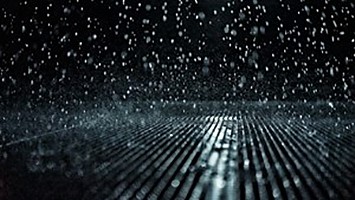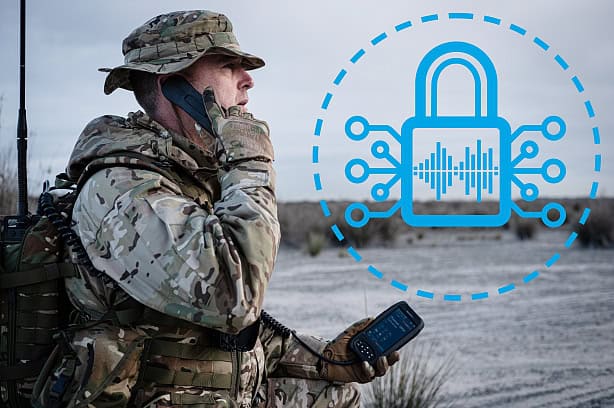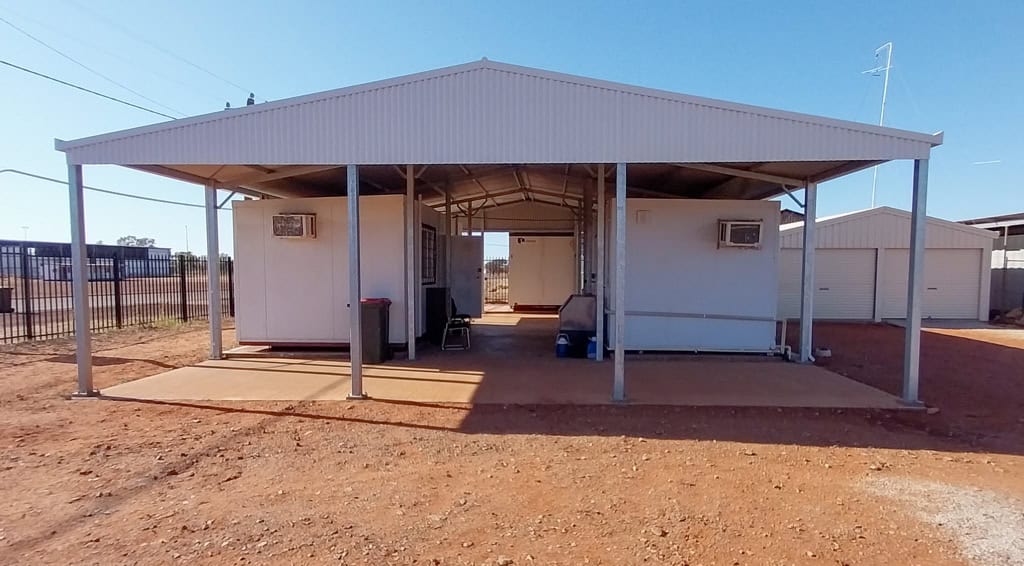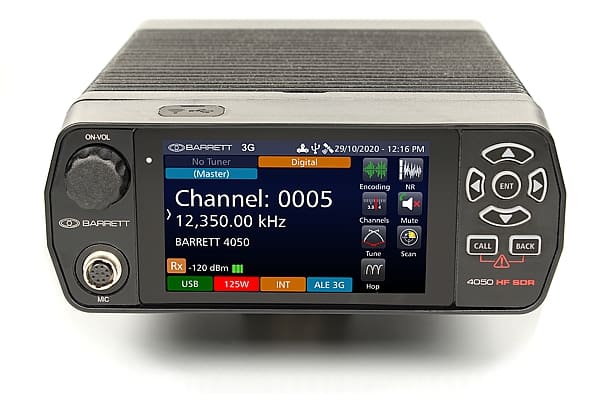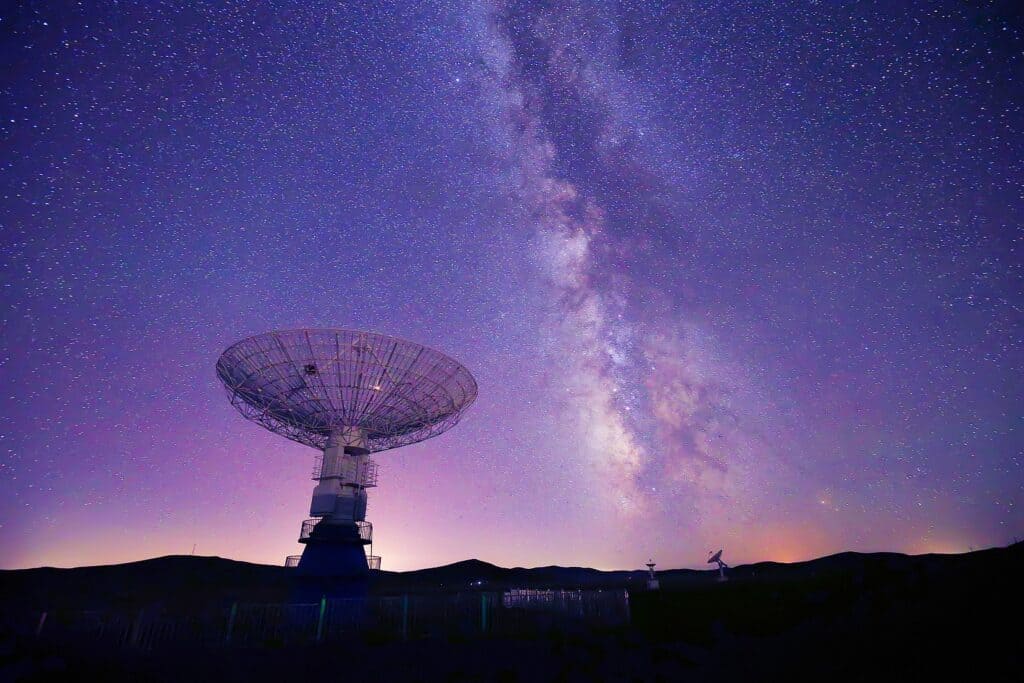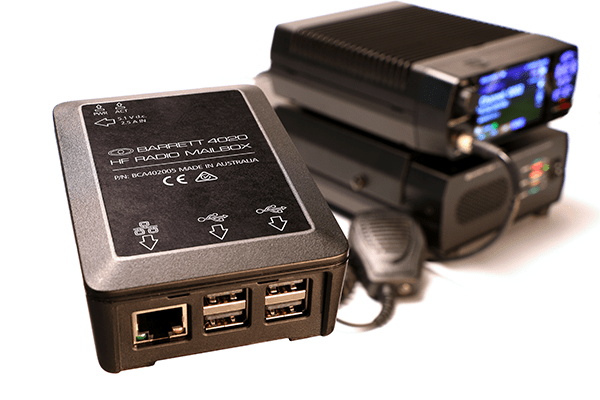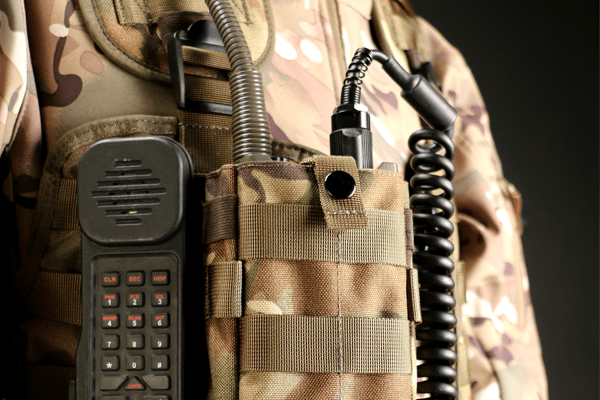What causes radio interference?
What causes radio interference?
In most parts of the inhabited world, we’re lucky to have many avenues of instant communication – whether it’s the use of smartphones or different types of radio equipment. However, for critical sectors such as medicine and health, it’s vital to have a means of contact that can withstand interruptions. Here, we break down the causes of radio interference, and how modern HF radio equipment is built to work through such challenges.
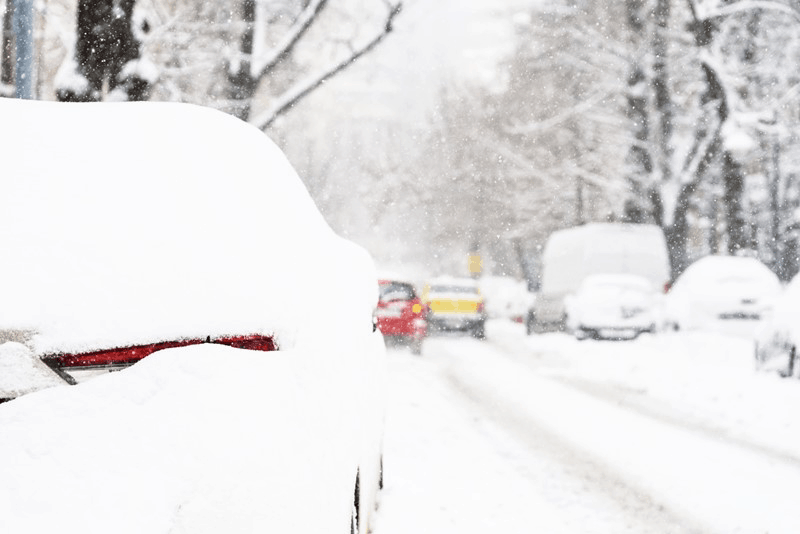
Some weather conditions, such as snow, can interfere with VHF radio broadcasts.
What causes radio interference?
For those providing medical relief to civilians, every second counts when lives are on the line. An HF radio network means not only that communication is guaranteed between concerned parties, including multiple points of contact, but that messages remain secure.
Secure multi-point calling
Different radios are affected by varying conditions.
Radios operate by passing data from one receiver to another. The nature of HF radio transmissions leaves it susceptible to lapses in communication caused by solar flares and ionospheric radiation. Furthermore, extreme weather events and severe thunderstorms can create atmospheric static, intercepted as white noise in radio broadcasts.
High frequency, or HF radios, propagate waves of data skyward, into the ionosphere, which bounces back to the ground and are picked up by a transceiver. This form of radio contact can send a message over thousands of kilometres, making it the perfect form of communication for relief and response missions that take teams over large distances.
VHF or very high frequency radios, on the other hand, travel over line of sight, perfect for local communication spanning a few kilometres. Though VHF radio transmits data closer to the ground, it’s not immune to interruptions. Geographical features such as hills and mountains can prevent radio waves from reaching their intended target, while snow, rain and fog cause static, making it hard to hear voice data. Rain is arguably the most disruptive, as water droplets essentially absorb the energy from the radio wave.
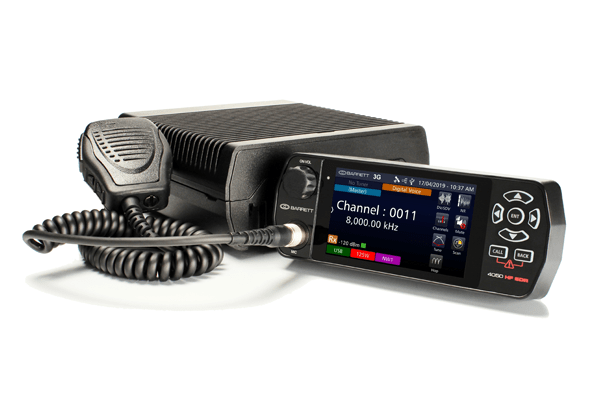
The Barrett 4050 HF SDR transceiver is designed to clarify incoming voice messages through Digital Signal Processing.
How does Barrett Communications’ equipment withstand interference?
Though there’s no way to control the weather, there is equipment that strives to maintain clear contact regardless of conditions.
The Barrett 4050 HF SDR transceiver incorporates Digital Signal Processing technology, which isolates voice audio while removing white noise and other background interference. For medical teams providing relief in extreme weather events such as hurricanes, clear contact is crucial to ensure that field operatives are safe and are fully aware of any destination changes or requests. Furthermore, this transceiver allows for incredibly secure contact, with features such as:
• Encrypted data transmission, which scrambles voice data and is only translated by equipment with the same PIN.
• Frequency hopping, which transmits a broadcast over various bandwidths in a specific pattern.
For more information on what Barrett Communications’ equipment is best for your needs, get in touch with our team.

